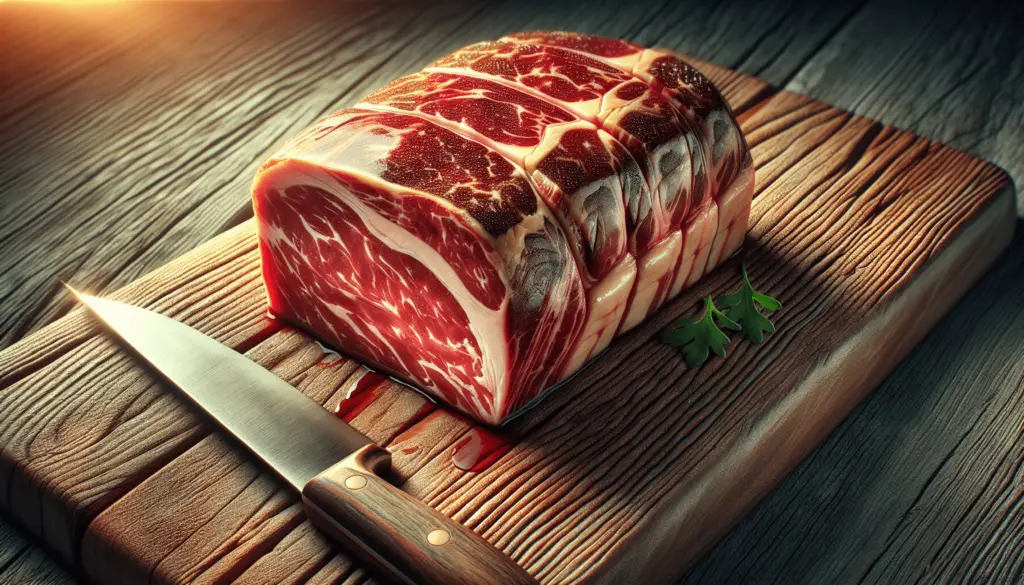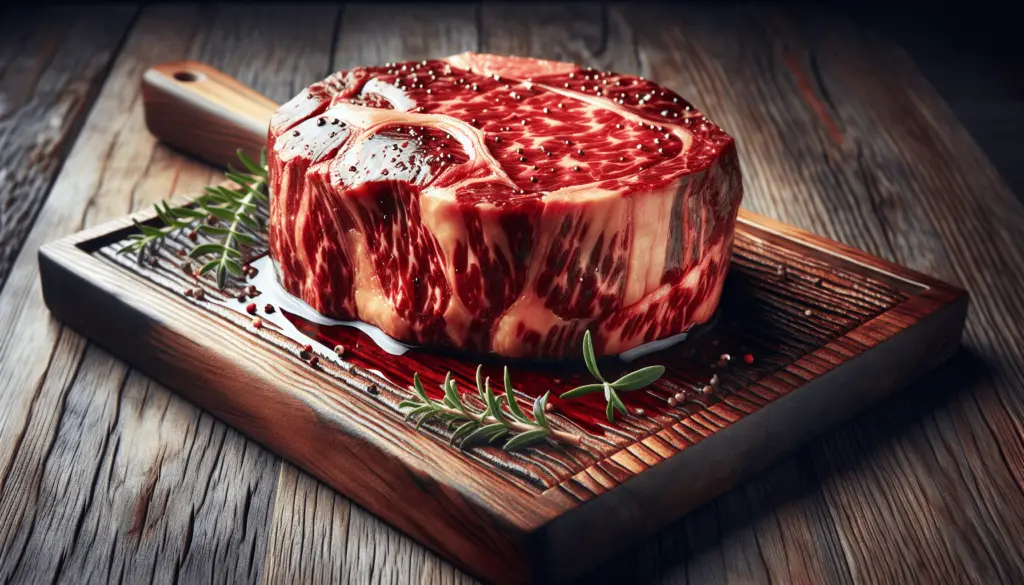In this article, we will explore different methods to help you preserve meat without relying on refrigeration. Whether you’re a dedicated outdoor enthusiast or faced with a power outage, knowing how to safely store meat without a fridge can come in handy. From curing and smoking to drying and canning, we will uncover various techniques that have been used for centuries, ensuring your meat stays fresh and delicious for an extended period. So, if you’re ready to discover alternative ways to preserve your meat, let’s get started!
Curing
Curing is a traditional method of preserving meat that involves treating it with a combination of salt and other ingredients to enhance its flavor and extend its shelf life. There are various methods of curing meat, each with its own unique characteristics and results. Whether you’re a seasoned professional or a beginner, here are some tips to help you get started with the curing process.
Curing Methods
There are two main methods of curing meat: dry curing and wet curing. Dry curing involves applying a mixture of salt, sugar, and spices directly onto the surface of the meat, while wet curing involves immersing the meat in a brine solution. Both methods have their advantages and can result in deliciously preserved meat. The choice between the two largely depends on personal preference and the type of meat being cured.
Choose the Right Curing Salt
When it comes to curing meat, choosing the right type of salt is crucial. Curing salt, also known as Prague powder or pink salt, is a mixture of table salt and sodium nitrite. It helps preserve the meat, prevent the growth of bacteria, and enhance its flavor and color. It’s important to note that curing salt should not be mistaken for table salt, as they serve different purposes. Make sure to use the appropriate amount of curing salt for the specific recipe or follow the instructions provided by the manufacturer.
Apply Cure Mixture
Once you have selected the appropriate curing salt, it’s time to apply the cure mixture to the meat. For dry curing, rub the mixture onto the surface of the meat, making sure to evenly distribute it. The amount of cure mixture needed depends on the size and type of meat, so be sure to follow the recipe or guidelines accordingly. For wet curing, prepare a brine solution by dissolving the curing salt in water, then submerge the meat in the solution for the recommended curing time.
Temperature and Humidity Control
Proper temperature and humidity control are essential for successful curing. Depending on the type of meat and curing method, the ideal temperature can range from 35°F to 55°F (1.7°C to 12.8°C). It’s important to monitor the temperature throughout the curing process to ensure the meat is kept within the safe range. Additionally, humidity levels should be maintained between 50% and 60% to prevent the growth of harmful bacteria. Using a curing chamber or a dedicated curing fridge can help in achieving and maintaining the desired conditions for curing.

Smoking
Smoking meat not only preserves it but also imparts a unique smoky flavor that enhances its taste. Whether you’re a seasoned pitmaster or a beginner, here are some essential tips for achieving the perfect smoked meat.
Selecting the Right Wood
Choosing the right type of wood is crucial for achieving the desired flavor when smoking meat. Different types of wood impart distinct flavors, ranging from mild to strong. Popular choices include hickory, applewood, mesquite, and cherry wood. It’s important to consider the type of meat being smoked and the intensity of flavor desired. Experimenting with different wood combinations can lead to exciting flavor profiles and help you find your preferred taste.
Preparing the Meat
Before smoking, it’s important to properly prepare the meat to ensure even cooking and optimal flavor absorption. This includes trimming excess fat, marinating the meat, and applying a dry rub or marinade for added flavor. Properly trimming the fat allows for better smoke penetration and helps prevent any unpleasant flavors. Marinating the meat overnight or applying a dry rub beforehand helps enhance the flavor and creates a flavorful crust on the surface.
Cold Smoking vs Hot Smoking
When it comes to smoking meat, there are two main methods: cold smoking and hot smoking. Cold smoking involves smoking meat at temperatures below 100°F (37.8°C) for an extended period, generally for flavor enhancement rather than cooking. Hot smoking, on the other hand, involves smoking meat at higher temperatures, typically between 225°F and 275°F (107.2°C and 135°C), until it reaches a safe internal temperature for consumption. Both methods have their unique benefits and can be used for different types of meat and desired outcomes.
Monitoring Smoke and Temperature
Maintaining the right amount of smoke and temperature is crucial for achieving delicious smoked meat. Too much smoke can result in an overpowering or bitter flavor, while too little smoke may not provide enough smoky taste. In addition, keeping a consistent temperature throughout the smoking process ensures that the meat is cooked evenly and to the desired doneness. Using a smoker with built-in temperature controls or a digital thermometer can help in monitoring and maintaining the ideal smoking conditions for the best results.

Drying
Drying is another method of preserving meat that involves removing moisture to prevent the growth of bacteria and mold. This process results in dehydrated meat, which can be stored for extended periods without the need for refrigeration. Here’s how you can successfully dry meat at home.
Choosing the Right Cuts of Meat
Selecting the right cuts of meat is essential for achieving the best results when drying. Lean cuts with minimal connective tissue, such as beef or venison, work well for drying. It’s important to choose fresh, high-quality meat to prevent any potential food safety risks. Avoid using fatty cuts or meat with excessive marbling, as these can hinder the drying process and increase the risk of spoilage.
Preparation Before Drying
Properly preparing the meat before drying is important for successful preservation. Start by trimming any excess fat or connective tissue, as these can impede the drying process. Some recipes may call for marinating the meat in a brine or seasoning mixture before drying to enhance the flavor. Additionally, slicing the meat into thin, uniform strips allows for better and more even drying.
Air Drying
Air drying is a traditional method of drying meat that involves hanging the meat in a well-ventilated area with controlled temperature and humidity. The drying process can take anywhere from a few days to several weeks, depending on the type and thickness of the meat. It’s essential to monitor the temperature, humidity, and airflow during the drying process to ensure that the meat is drying properly and to prevent the growth of mold.
Using a Food Dehydrator
To simplify the drying process, you can also use a food dehydrator, which provides controlled temperature and airflow for consistent drying. A food dehydrator allows for precise temperature control, ensuring that the meat reaches the recommended internal temperature for safe consumption. Additionally, it reduces drying time compared to air drying, allowing you to enjoy your homemade dried meat sooner.
Continue to part 3 for Salting, Preserving, and more.
